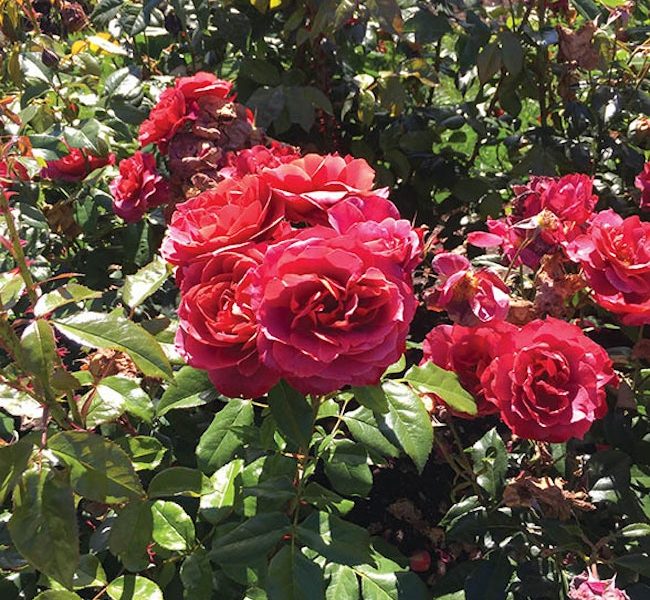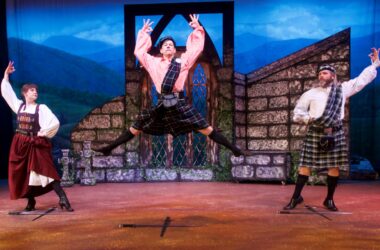
Owen Rose Garden at 300 N. Jefferson in Eugene brings back many fond memories of walks I used to take with family and friends. The footbridge there crosses from the Valley River parking lot, over the Willamette River and then connects to a bike path, eventually leading to the rose garden. As the sun sets, light reflects off the wide Willamette. The waters churn as it winds north. The light creates diamonds that shimmer off the ripples.
Linda Sexton, a fellow Bohemia Mining Days board member, and I visited on Father’s Day; it was a beautiful, sunny Sunday afternoon. Many families were enjoying the gardens and the 8½ acres — plenty of room to social distance. Everyone was so well-behaved, with many wearing face masks.
In 1951, George E. Owen, a former Eugene city councilor and lumberman donated five acres and his house to the city of Eugene. It was the first parcel in the series that now forms the section of Riverfront Park, stretching from the Ferry Street Bridge to the Greenway Bike Bridge near Valley River Center.
Shortly after Owen’s donation, the Eugene Rose Society donated the original 750 rose bushes. The original collection has since expanded into a panorama of more than 4,500 rose bushes in over 400 varieties. Stewardship by many volunteers continued, including Delta Rotary from 1999-04, which spearheaded a major renovation.
Owen Rose Garden features the nationally recognized Oregon heritage cherry tree, a black tartarian cherry — 60 feet high with crowns 80 feet across. It has been designated as a heritage tree, as the largest cherry tree in Oregon, and many claim it to be the largest in the United States. The tree was planted in 1860.
There is a large open turf area, accessible gravel walkways with benches; a line-paved walkway; a 28-foot diameter gazebo; an arbor picnic area; a parking lot; maintenance facilities; and a collection of heritage roses now in full-bloom.
We also went to the Cascade Raptor Center on Fox Hollow in the South Hills of Eugene. Masks are required, and walking shoes are recommended to climb the steep hills; though the paths aren’t long and are manageable for most.
Each year, the raptor center provides high-quality medical treatment and rehabilitation to over 300 sick, injured and orphaned raptors like hawks, owls, eagles and falcons. Most birds are victims of cars, windows or power lines, poisoned by rodenticides or pesticides, shot or had nests destroyed.
The center has two licensed rehabilitators with combined experience of over 45 years, and has seven consulting veterinarians.








